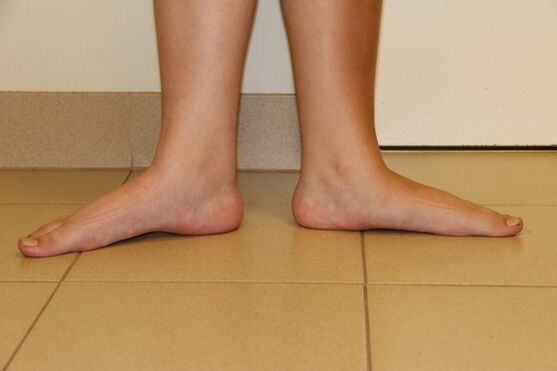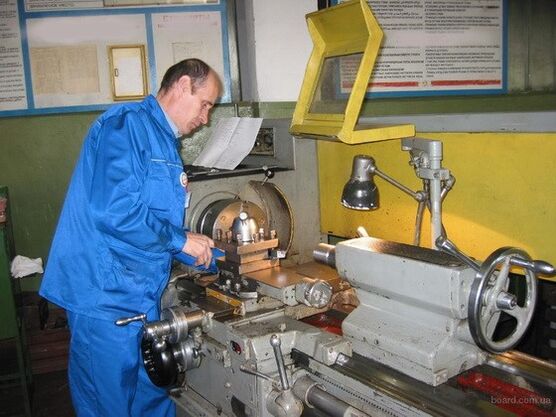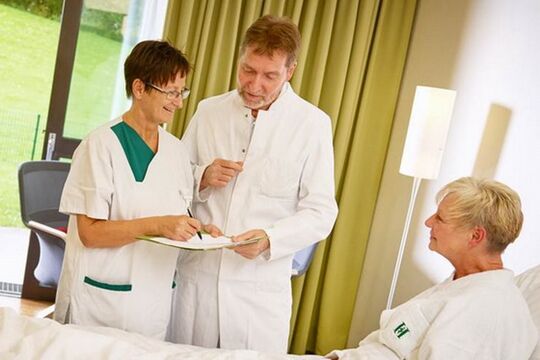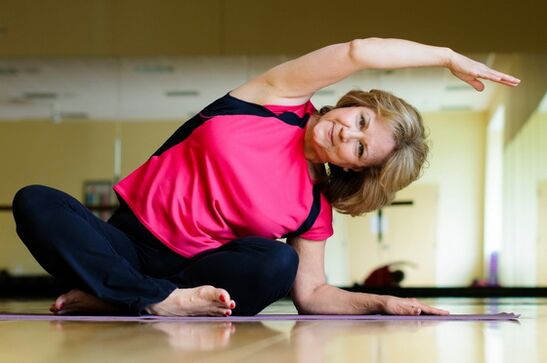Osteoarthritis affects not only the knee and hip joints.Sometimes degenerative processes develop in the cervical spine.In advanced cases, without treatment, they can lead to complete loss of mobility due to blending of the vertebrae and even damage.
How will it develop
The cervical region includes 7 vertebrae, the most moving of the entire spinal column.If certain pathological processes occur in the body, the cervical vertebrae protected from elastic cartilage "plate" (disc) are covered with osteophytes (bone growths).The cartilage, in turn, becomes smaller and more destroyed, and the adjacent soft tissue atrophies.
The intervertebral disc can bulge and put pressure on nearby tissue or nerves.The vertebrae change their shape, leading to deformities of the spine.If they are expressed, the patient develops deformation of cervical arthrosis.

Causes of cervical arthrosis
- The genetic pathologies of the development of the musculoskeletal system as a whole, such as dysplasia, flat legs, scoliosis (if a certain connection in the spine is damaged, the whole biomechanical chain suffers).
- Dystrophic changes in joints associated with age -related changes.
- Damage to the cervical spine.
- Excessive tension, for example, due to excess weight related to professional activities or sports.
- Hernia or convex discs.
- Inflammatory diseases (arthritis, rheumatism).
- Endocrine system malfunction.
- Metabolic disorders, etc.

How to recognize
The arthrosis of the cervical vertebrae is accompanied by a dull, sick pain, usually one -sided, which is exacerbated by movement.Patients complain of morning pain.The unpleasant sensations come from the neck area and then move to the shoulder blades and hands, the syndrome is enhanced by palpation.
Other characteristic symptoms of the disease are:
- paroxysmal dizziness or migraine;
- A decreased range of head movement due to pain (for example, a person can tilt his head 45-50 °);
- crunching when moving the neck;
- specific sounds in the ears;
- visual damage;
- chest pain;
- Tingling in the lower face.
At the later stages, against the background of complete lack of synovial fluid in the joints, deformities of the spine appear and systemic hypertension can also develop - an inexplicable increase in blood pressure.If the disease is complicated by radicular symptoms, such as a pinched nerve, its form is diagnosed - non -compliant arthrosis.It is not easy to recognize the disease alone: based on its symptoms, it can easily be confused with pathology of the cardiovascular system or brain.

Difficulty in diagnosing
Before prescribing a complex treatment regimen or prescribing internal articular injection of synovial fluid dentures, the rheumatologist must ensure that the diagnosis is correct, since the symptoms of the disease duplicate a number of other pathologies.After collecting a history and a blood test to determine the lack of other diseases (with arthrosis, the blood count does not change), one of the following studies is conducted:
- Radiography in several projections;
- CT or MRI;
- Vascular angiography.
As a result of the examinations, the doctor determines the changes in the structure of the cartilage of the intervertebral discs, the joint space, the amount of synovial fluid and its deficiency in the joints, the nature of the bone growth - osteophytes.
Why cervical arthrosis should be treated
If the treatment of osteoarthritis of the cervical vertebrae is delayed, the disease can lead to the following complications:
- compression of nerve endings and as a result of this severe pain;
- squeezing the spinal canals;
- A blow.

Treatment of arthrosis of the cervical spine
As a rule, people turn to a rheumatologist with an acute form of the disease, so the main goals of therapy are as follows:
- Elimination of pain syndrome;
- Stop inflammation;
- Eliminate pinching the nerve endings of the spinal trunk.
In addition, for the normal functioning of the vertebrae, it is necessary to restore the destroyed cartilage fibers of the discs and therefore increase blood circulation in the damaged tissues.
Therapeutic methods
1. Medicine.
NSAIDs are used to relieve pain and inflammation, and chondroprotectors are used to regenerate cartilage tissue.Blood circulation and nutrition of the affected tissues can be normalized with the help of vasodilator drugs.Muscle relaxants are used to relieve muscle spasms.
2. Physiotherapy.
Physiotherapy treatment is ancillary in nature and is aimed at speeding up metabolism in tissues.Most often, this diagnosis prescribes manual therapy, magnetic and acupuncture therapy, phonophoresis and infrared radiation.

If medicines do not help and have the possibility of spinal artery syndrome, surgery is prescribed for non -cervical vertebrae.It involves the removal and replacement of the damaged joint with an endoprosthesis.
In order not to harm your neck with arthrosis and help him, practice, for example, for next morning exercises:
What is an orthopedic mode for neck arthrosis?
Patients with arthrosis of each joint, including those who use synovial fluid prosthetic drugs or other medicines, show a special orthopedic regimen that will help to avoid complications:
- You need to carefully control your posture, avoiding the curvature.
- Short breaks for physical activity are required during sedentary work.
- Orthopedic rays of the chant help relieve stress from the cervical region - according to the doctor's indications.
- Orthopedic mattress and pillow will not be superfluous.
The comprehensive treatment of arthrosis of the cervical vertebrae also includes special gymnastics and professional massage.With the help of turns and rotations, bending and throwing the head under the supervision of an instructor, it is possible to develop the motor capacity of this part of the spine.
Inside injections of a substitute for synovial fluid for this type of arthrosis are not practiced due to specific location.Instead, the patient may be offered professional massage or hardware methods for local and safe development of deep and superficial muscles on the back.The main thing is to find a good specialist, to trust him and not to allow the course of the disease to take his course.



































